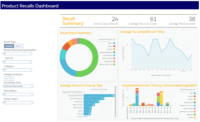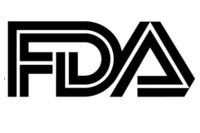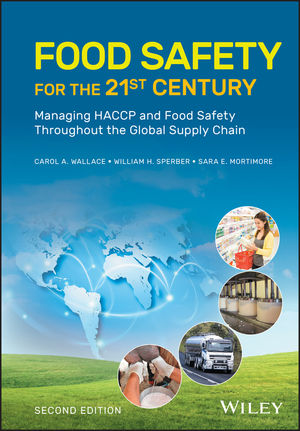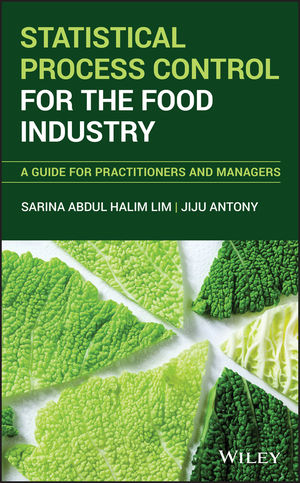In 2015, the Food and Drug Administration (FDA) promulgated the Preventive Controls Rule to control known or reasonably foreseeable biological, chemical, radiological and physical hazards in human food. This rule was the centerpiece of a series of rules mandated by the FDA’s Food Safety Modernization Act of 2011 (FSMA).
The driving force for the rules and the law has been reducing pathogenic contamination in food. However, the Preventive Controls Rule defines a hazard to include any chemical, whether a contaminant or an additive, that “has the potential to cause illness or injury.”
The critical step in preparing a compliant food safety plan is hazard identification. If you don’t identify a hazard, you won’t evaluate it or determine whether preventive controls, such as supply chain management are required.
Below are some key challenges to consider:
Do ingredients contain unapproved food additives?
Many ingredients in refrigerated and frozen foods contain intentionally added substances. Some of these additives, such as emulsifiers, are obvious. Others, such as methylene chloride used to decaffeinate coffee, are not. A major complication is that there is no affirmative list of approved additives. FDA maintains several databases to help track its approvals, but each has serious limitations.
The primary challenge is that FDA allows food manufacturers to self-certify additives as Generally Recognized As Safe (GRAS) without FDA review. To add more uncertainty to this opaque system, the agency does not have any rules or guidance determining the qualifications needed for a person to make safety decisions or what conflicts of interest disqualify a person as an objective assessor. An additive manufacturer can have an employee or a contractor make the GRAS determination and never make the safety assessment public.
FDA’s guidance is also silent on whether a food safety plan may rely on a supplier’s self-certification or the facility has an obligation to review the merits of the self-certification as part of its supplier verification activities. Consider that FDA has no objections to four out of the five of the GRAS notices voluntarily submitted to the agency; that means 20% have problems. They are typically withdrawn to avoid an FDA objection, but may still be self-certified. Allowing only FDA-approved additives can alleviate this challenge.
What about packaging and food handling equipment?
Every chemical added to packaging and food handling equipment may be an unapproved food additive if it “may reasonably be expected to result, directly or indirectly, in its becoming a component or otherwise affecting the characteristics of any food” and is not approved by FDA or self-certified as GRAS for that use. As with ingredients, FDA maintains several databases to help track its approvals, but again, each has serious limitations. Food contact substances’ manufacturers can self-certify additives as GRAS without FDA review. A further complication is that packaging and equipment suppliers are often reluctant to reveal all additives used for proprietary reasons.
Staying current with developments
A food manufacturer or processor has an ongoing duty to re-analyze its food safety plans when it becomes aware of new information about potential hazards associated with the food. FDA’s guidance suggests monitoring recalls, in addition to scientific papers, epidemiological studies, Codex Alimentarius Commission and Google Scholar search engine. It also notes that trade associations provide food safety recommendations for specific types of foods and industry needs.
All are useful, but the prudent manufacturer or processor would stay ahead of the curve by also monitoring FDA’s Total Diet Study sampling results for more than 800 chemicals and nutrients that may be in food and the agency’s Adverse Event Reporting. While not necessarily authoritative, reports from credible consumer advocacy organizations such as Consumer Reports and the Center for Science in the Public Interest also serve as useful signals of potential hazards that must be identified.
By recognizing these challenges, smart businesses can leverage the FSMA food safety plan to more effectively protect customers from chemical hazards, more quickly react to consumer and media concerns and avoid liability.









